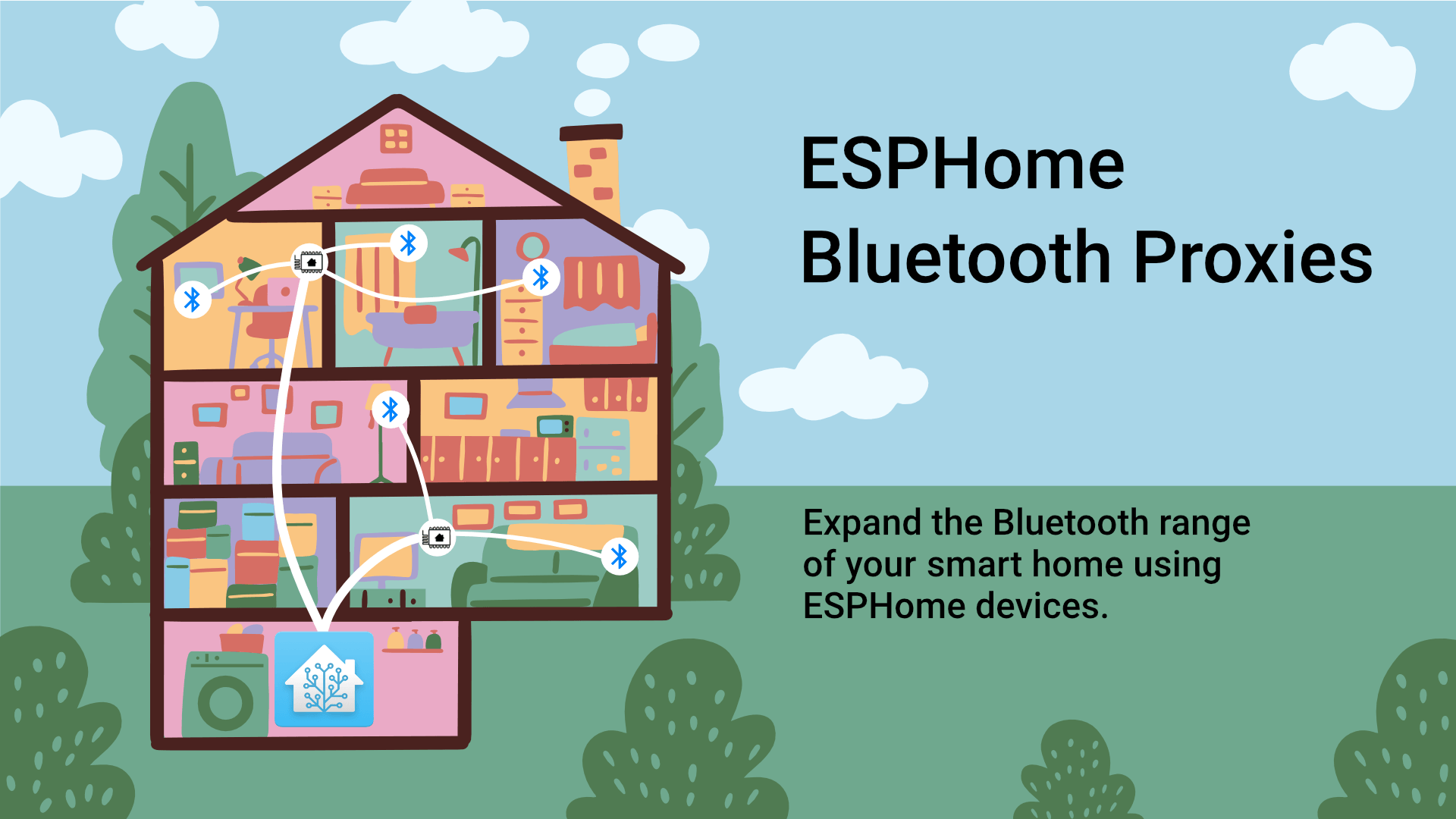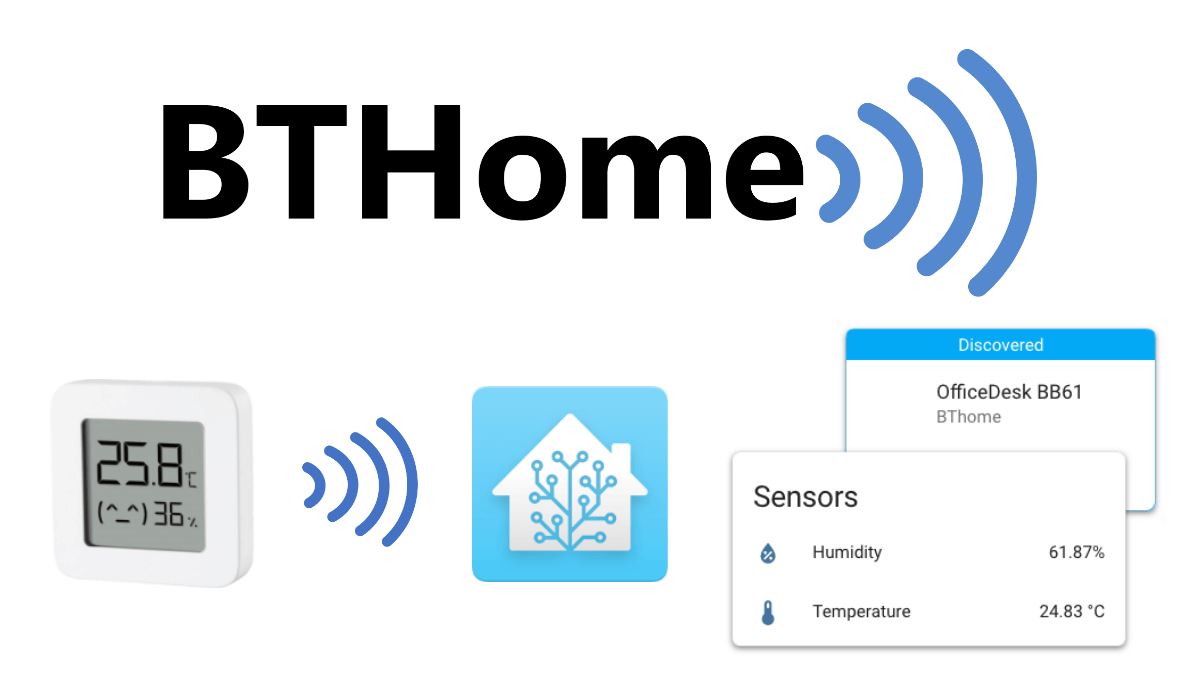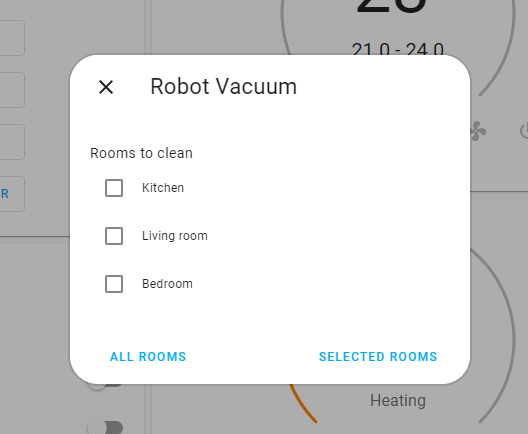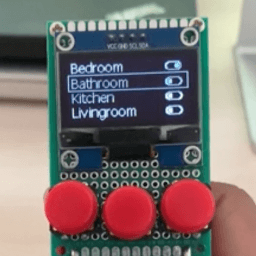Open Home Birthday Special

Welcome to this extra special birthday edition of the Building the Open Home newsletter. This month on September 17 Home Assistant is turning nine years old, and Nabu Casa is turning four years old 🎂. It's wild because that means I have been doing this for nine years??!
As always there is a lot going on, but because it's a birthday month, there is a little bit more than usual. Home Assistant redesigned their automation editor, Bluetooth and Z-Wave get a lot of love and ESPHome gets a baby sibling called BTHome.
– Paulus
Home Assistant redesigns automation editor
This year's slogan of Home Assistant is streamlining experiences and today's release is no different as it brings a redesigned automation editor. Each section is now collapsed by default, less-often options are moved out of sight and it all had some bonus tuning for the mobile experience (where we all know you create your automations!).

How the Open Home mission came to be
On September 17, it will be nine years since I made the first commit of Home Assistant. It did very little: control Hue lights, detect presence from my router, and turn the lights on and off based on the sunset and presence. However, it was enough to get me hooked on the smart home. Home Assistant unlocked my imagination, everything was possible. I just needed more time, write some more code and it could all be done.
I have to admit, that thought was a little naive. It’s now nine years later, Home Assistant has a huge community, it is a top 10 most active open source project on GitHub and we’re still building!
The world around us also changed. Big tech got involved with IoT and started pulling our data into the cloud. It’s what pushed us four years ago to think big. We launched Nabu Casa and doubled down on our focus: local and privacy.
A couple of years later we realize that we don’t want just Home Assistant, the brains of your smart home, to be local and privacy-focused. We want this for every device in your smart home! This leads us to start the Open Home initiative.
For the Open Home we build, we invest, we inspire, and work with many locally focused projects and manufacturers. The goal is that for anything that you want to put in your home, there should be an option that works locally.
Every month we use this newsletter to report on the latest progress. And this year we will once again present our yearly progress at the State of the Open Home. This year it will be on Sunday, November 13 @ 11.00 PST / 20.00 CET. More info will follow but mark your calendars!
The Bluetooth Renaissance
The new smart home standard Matter is on the horizon. It's a new local standard and we expect a lot of devices to support it. But we cannot forget about all the other ways devices can integrate locally with our smart homes.
One of these ways is good old Bluetooth. It's in our phones, our Raspberry Pi's, and our ESP devices. And until two months ago, it was a pain to use in Home Assistant. Today we're happy to announce that this is changing and making smart home devices based on Bluetooth easier to integrate than ever.
There are a ton of devices out there that work using Bluetooth. Locks, BBQ thermometers, temperature sensors, coffee machines, and, of course, toothbrushes! That's a ton of devices that all work locally.
The biggest benefit of using Bluetooth for manufacturers is that it works directly with our phones. This means that the user does not need an extra hub and can interact with the device directly.
The lack of a hub also means that you need to be in Bluetooth range of the device to communicate with it. Where standards like Zigbee or Z-Wave have mesh networking to extend their range, Bluetooth has none that is widely adopted. And with Home Assistant being tucked away in your closet or basement, Bluetooth didn't make much sense. Until now.
ESPHome Bluetooth Proxies
Today we're introducing ESPHome Bluetooth Proxies. When enabled, ESPHome running on any ESP32 device can be used to act like a Bluetooth proxy for Home Assistant, allowing it to receive data from anywhere you have the ESP devices installed.

The benefit of a proxy is that ESPHome doesn't need to know anything about the data it is forwarding. When we add support for a new Bluetooth device to Home Assistant, it will just work with existing ESPHome Bluetooth Proxies.
The ESPHome Bluetooth Proxies currently are limited to forwarding discovery data. This data is how a lot of devices broadcast their sensor data. Active connections are in progress and will be coming soon.
ESPHome Bluetooth proxies are available today as part of the special birthday release of ESPHome 2022.8.2. It does not need any special hardware and it works on any regular ESP32. The device can also perform other ESPHome functions while used as a Bluetooth proxy.
Ready to give it a try and got an ESP32 at hand? Create one directly from your browser using our new ESPHome Bluetooth Proxy installer website.
BTHome: an open standard for Bluetooth sensor data
Bluetooth in Home Assistant is awesome but is limited to protocols created by manufacturers. What about DIY projects like b-parasite or custom ATC firmware for Xiaomi temperature sensors that use Bluetooth to broadcast their data?
Ernst Klamer has been working on Bluetooth and Home Assistant for a long time. He took it seriously way before we did. As part of this work, he has created his own data format for devices to send sensor data over Bluetooth Low Energy.
We've worked with him to get this added to Home Assistant and launch it as a new open standard for sending sensor data: BTHome.

BTHome devices can run over a year on a single battery, support data encryption and are automatically discovered by Home Assistant.
If you're making battery-powered Bluetooth sensors and are looking for a data format to share your data; look no further 👇
Visit bthome.io for more information.
Automatic updates for Z-Wave devices
What is better than a smart home? A secure smart home. For security, it is important that your devices run the latest versions of their software.
With Z-Wave devices, this has long been a problem. Updates are difficult to come by and most controllers don't support updating devices. Home Assistant supports updates for Z-Wave devices but it requires each user to find the updates for their own devices. This is difficult and dangerous. Sending the wrong update can brick your device!
Dominic, founder of Z-Wave JS and full-time employee of Nabu Casa, has created the Z-Wave JS Firmware Update Service to offer a central place for Z-Wave updates. Using this service, Raman was able to have Home Assistant offer updates for Z-Wave devices to its users.
For the launch, we've worked directly with Jasco to make updates available for 77 of their products. This means that for those products, you no longer have to worry that you do not run the latest version. Sweet!

Security is not a feature to differentiate on. That's why any project that uses Z-Wave JS can get access to the update server. Nabu Casa will continue to work with its partners and manufacturers to make more updates available. Together for a more secure Open Home ❤️
Nabu Casa on Mushrooms
If you've been around the Home Assistant forums, Discord, or Reddit you've probably heard of Mushroom, a set of beautiful custom cards for Home Assistant that are easy to use and configure. The topic on the Home Assistant community forums has been viewed over 160.000 times 🤯

We've got some great news! Paul Bottein, the author of the Mushroom cards, has joined Nabu Casa to work full-time on the Home Assistant frontend. We're all very stoked to see how Paul can bring his expertise in crafting beautiful and usable interfaces to the built-in Home Assistant dashboard.
Nabu Casa – founded by Paulus Schoutsen, founder of Home Assistant – exists to further develop Home Assistant, ESPHome, and other projects that help drive the Open Home. It has no investors and its sole income is from people subscribing to Home Assistant Cloud. If you like what Nabu Casa does, consider subscribing!
Community highlights
|
|
|
|
|
|
Other noteworthy news
- Amazon aquired iRobot, the makers of Roomba, for $1.7 billion. This will give Amazon even more information about the inside of your home. (Tom Warren, The Verge)
- LIFX assets sold to Feit Electric. Feit is a manufacturer of light bulbs and not a private equity company, so don't write LIFX off just yet. (Feit Electric)
- Company behind SmartDry announces shut down, rendering all their products useless within 3 months. (Kevin Purdy, Ars Technica)
|








